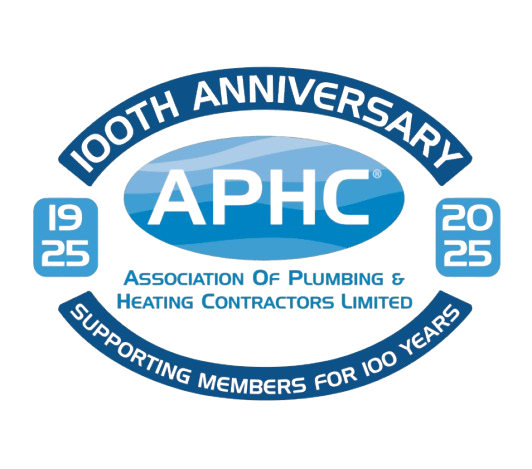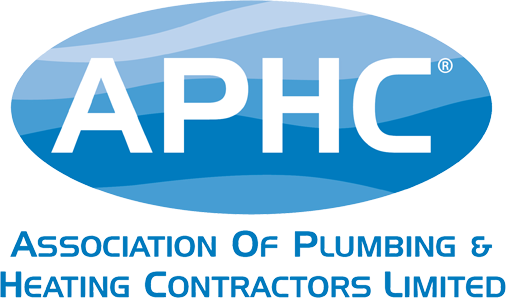New documents released by the government reveal that the first stage of its planning reforms relating to fire safety will be introduced in August. The new measures are yet to be released in any great detail, but they will likely put a greater emphasis on health and safety within construction projects.
In the wake of the Grenfell Tower disaster, the government asked the Health and Safety Executive (HSE) to establish a new Building Safety Regulator. The new regulator, Peter Baker, will oversee safe design, construction and occupation of high-risk buildings.
It will be independent and give advice to local regulators, landlords and building owners, the construction and design industry, and residents. The Building Safety Bill, which gives power to this new regulator, is likely to take between 18 months and two years to pass into law.
What is classed as high-risk?
The definition of high-risk buildings is still causing confusion, as the description is particularly generic and can be applied to a number of scenarios. Some MPs and safety experts (including the fire brigade) have called for student accommodation and care homes of all types, regardless of size, to be included in this scope. For now, we will have to wait to see what this means, and at APHC we will continue to push for clarity.
So what does this mean for our industry?
Firms are going to have to not only follow the new regulations but also demonstrate to the HSE that they are following them. This is why organisations are being encouraged to prepare for the process in advance to allow for the smoothest transition.
In the future, it won’t be as simple as turning up to a job to carry out work on a high risk building if an occupant has called a plumber, for example – even if their property is privately owned and occupied, they will still have to comply with the overall building management. How this will be managed is an area that we’re currently working through alongside the HSE.
What happens now?
Companies employed to carry out work in these buildings will also have to follow previous legislation and rules in addition to the new procedures. Currently the information we have around these new procedures is still rather vague and the government, the HSE and industry bodies such as APHC, are working together to pull together the final detail on how the future will look.
We do know that working in high-risk buildings, such as high-rise buildings, will require individuals to prove their competence in their technical trade area, as well as additional competency to cover the high-risk environment (e.g. a plumber being asked to working on a sanitary system inside a high-rise building will not only need technical competency around the sanitary system, but will also need to understand the impact of doing work that may jeopardise its fire protection/safety features).
This means a focus is needed now to plan out how all relevant health and safety legislation can be followed in the future.
From APHC’s perspective, it’s great to see that ways of improving the safety of high-risk buildings seems to be at the top of the government’s legislative agenda.
That said, it remains to be seen exactly what these changes will be, so watch this space.



